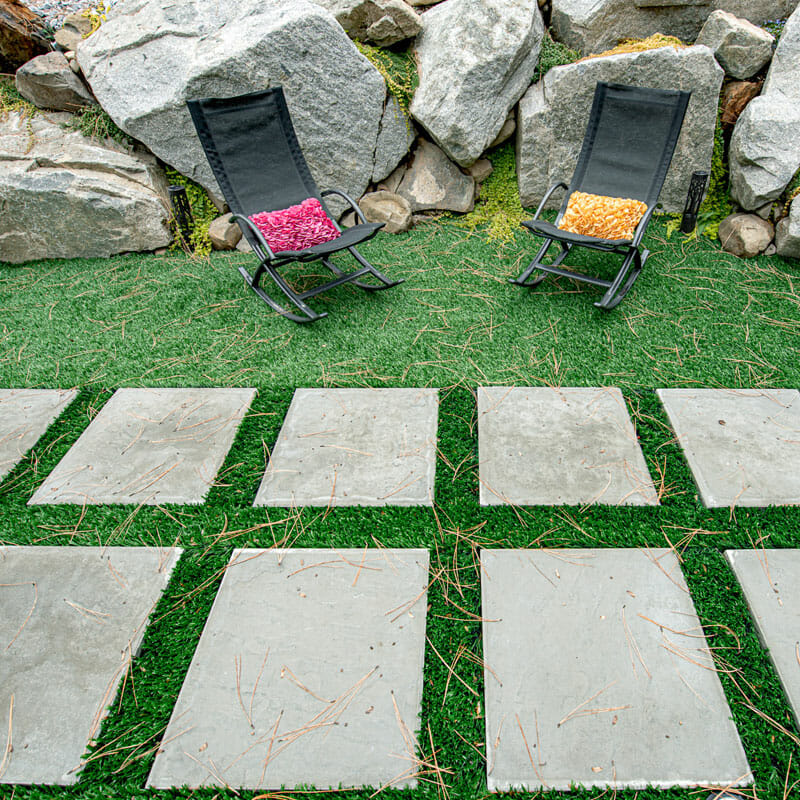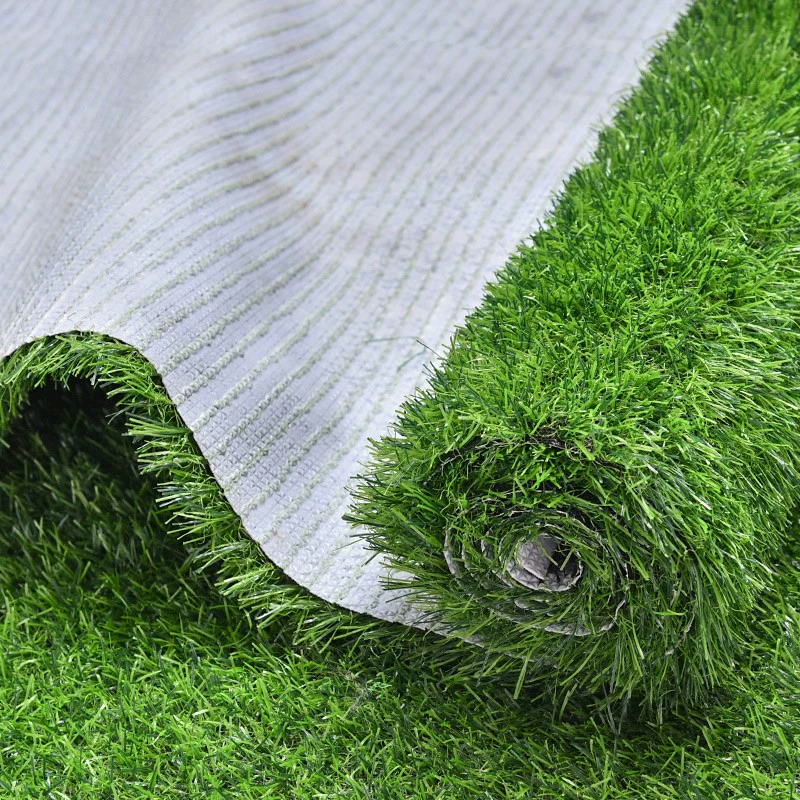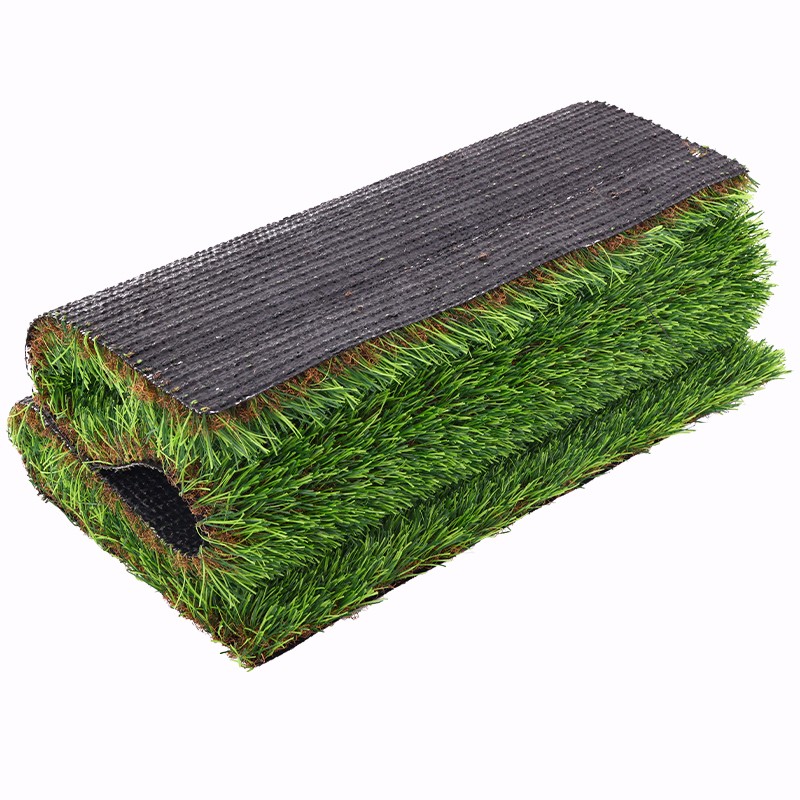
When it comes to installing artificial grass, the foundation plays a crucial role in the overall longevity and performance of your synthetic lawn. One common question that arises is, “Can I use paver base for artificial grass?” Let’s delve into this topic and explore the possibilities.
Understanding Paver Base:
Paver base, typically composed of crushed rock or gravel, is a common material used as a sub-base for various outdoor projects like patios and pathways. Its sturdy and well-draining characteristics make it a popular choice. But can it be used as a foundation for your artificial grass? Let’s find out.
Pros of Using Paver Base:
1. **Stability:** Paver base offers a stable and solid surface for your artificial grass to rest upon. It helps prevent the grass from sinking or shifting unevenly.
2. **Drainage:** The porous nature of paver base ensures proper drainage, which is essential to prevent water accumulation underneath the turf.
3. **Weed Control:** When combined with a weed barrier fabric, paver base can inhibit weed growth from below, ensuring a low-maintenance artificial grass area.
Considerations Before Using Paver Base:
1. **Application:** Paver base can work well for flat areas. However, if your installation site has significant slopes, additional considerations may be needed to ensure proper water runoff.
2. **Compaction:** Proper compaction of the paver base is crucial to achieve a level surface. Inadequate compaction can lead to an uneven artificial grass installation.
3. **Soil Type:** The type of soil beneath the paver base matters. If your soil doesn’t drain well, it could affect the overall drainage of your artificial grass.
Steps to Using Paver Base for Artificial Grass:
1. **Prepare the Area:** Clear the area of debris, rocks, and any existing vegetation.
2. **Spread Paver Base:** Evenly distribute the paver base material and use a tamper to compact it.
3. **Lay Weed Barrier:** Lay down a weed barrier fabric to prevent weed growth.
4. **Unroll Artificial Grass:** Roll out your artificial grass and trim to fit the area.
5. **Join Seams:** If using multiple rolls, join seams with seam tape and adhesive.
6. **Secure Edges:** Use edging material to secure the edges of the grass.
7. **Brush and Water:** Brush the grass fibers and lightly water the area to help it settle.
Expert Advice Matters:
While paver base can be a suitable option, it’s essential to consult with artificial grass professionals or manufacturers before making a decision. Different scenarios may require specific solutions, and expert advice can ensure the best results.
In Conclusion:
The question “Can I use paver base for artificial grass?” can be answered with a cautious yes. Paver base can provide stability, proper drainage, and weed control. However, its effectiveness depends on factors like the terrain, soil type, and proper installation techniques. Seek advice from experts to determine if paver base is the right choice for your artificial grass project.










